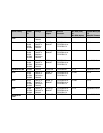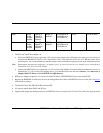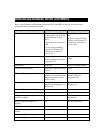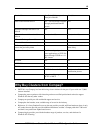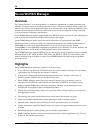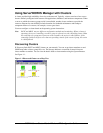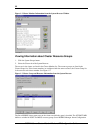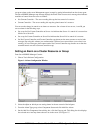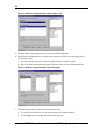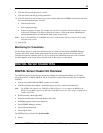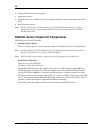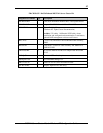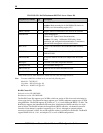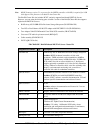
23
DIGITAL Server Cluster Kits for Windows NT Configuration Guide
-
sets up an alarm on the server Management agent (svrmgt) by getting information from the cluster agent.
The ServerWORKS Manager trap message displays the name of the resource and a message that indicates
transition of control from one server to another.
• Not Current Controller – The server sending this trap has lost control of a resource
• Current Controller – The server sending this trap has gained control of a resource
You can use the change in control to set alarms on resources. On a cluster of two servers, A and B, you
can set alarms in the following ways:
• Set a trap for Not Current Controller on Server A to indicate that Server A’s control of a resource has
failed over to Server B.
• Set a trap for Current Controller on Server B to indicate that Server B is in control of a resource.
• Set Not Current Controller and Current Controller trap alarms on the same resource to receive both
messages. By using this scheme, you can determine if failover has occurred from a server that is not
running. (A server that goes down cannot send a Not Current Controller trap, but the server that has
assumed control can send a Current Controller trap.)
Setting an Alarm on a Cluster Resource or Group
From ServerWORKS Manager Console:
1. Choose ToolsàAlarm Configuration.
Figure 1-4 Alarm Configuration Window
2. Select the object on which you are setting alarms in the tree control of the left pane.
3. From the Alarm Type group, select Component Status and click Add New Alarm.
4. On the Add New Component Alarm dialog box, click the Category tab. This dialog box also displays
the selected server and any alarms that are set on the server. See Figure 1-5.




